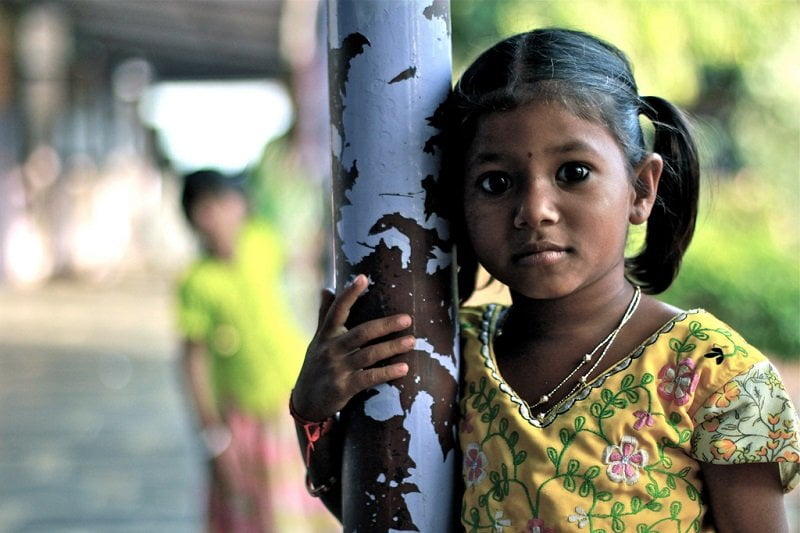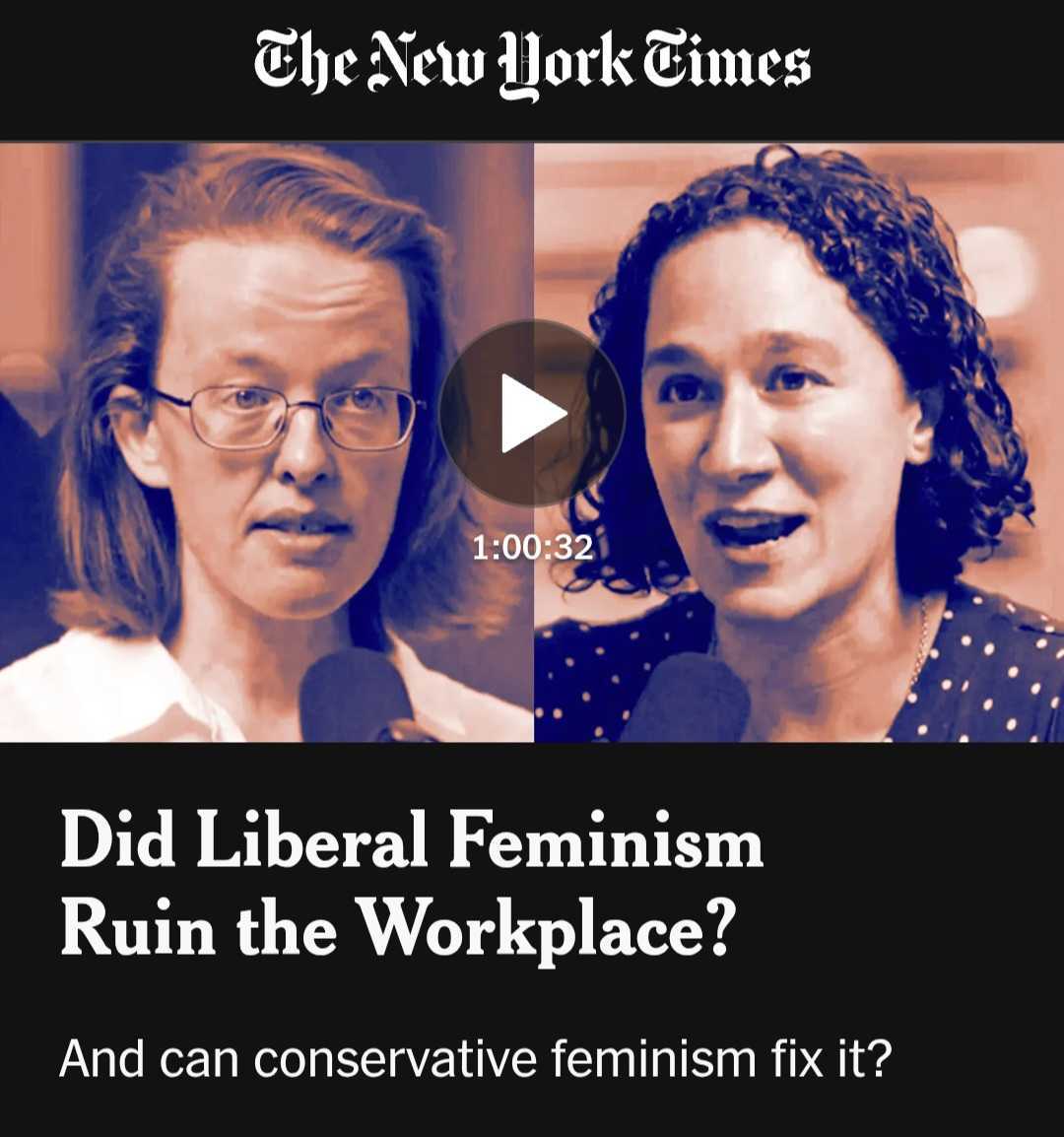Since colonial period the deplorable condition of women, the caricature of an ideal women, the religious depiction and symbolic meaning of women and their role and responsibilities have been talked about, thought about and finally accepted. Though there have been discourses about not giving signified meaning to the word women (signifier) as there are many structural, contextual and socio-economic variance attached to it. Similar is the representation of women during their childhood days or maybe during their early years.
The word childhood doesn’t hold true for women as Indian girls never actually had any particular depiction or representation or experience of childhood. If they did, there are several layers to this understanding of women and their childhood which has a historical, socio-economic and contextual terrains attached. This exclusion of girls from the well-deserved and preserved childhood has a webbed structure around it and the girl child is stuck in that web and it will take an eternity to untangle and get the deserved autonomy.
A Facade called Education
One instrument which has been envisaged by the state to untangle this web of the girl child is education and how the framing of different policies and programs configure a space for them. Does this space actually give a fair chance or is it just a political façade to gain public sympathy and votes? Because such efforts have been on since pre-independence times but the results are far from reached. This whole idea of empowering women and giving them an equal status to men is itself a very gendered and patriarchal idea. Why should a woman get equal status to men, cant women get a status of women? Why is the benchmark men?
This exclusion of girls from the well-deserved and preserved childhood has a webbed structure around it and the girl child is stuck in that web for eternity and it will take eternity to untangle and get the deserved autonomy.
This idea resonates with the idea drawn by Plato where he envisaged both men and women as the guardians of the state who should be performing work which is ultimately patriarchal. This so called liberal thought is also highly gendered. Now with globalization and industrialization came a baggage of capitalism and endless profit making orientation. To curb this money minded orientation, came the non-profit organizations or NGOs who wanted to do philanthropic work like education for the girl child. Private money minded players were not left behind in this philanthropic orientation. They also have a new hobby in the block which is educating the girl children of Global South.
The question however remains, whether such engagements do bear fruits, given that the mind, trained in profit making, is very difficult to engage in something philanthropic. This often again becomes a promotional strategy to boost their high end patriarchal egos. If there are actual benefits then one needs to go deeper and study which group of women are benefited, why they are chosen, what is the context, what is their historical placements etc., as nothing exist in vacuum; everything has ‘radical complexity’ attached to it. The welfare states have advocated education to be the most useful means to abolish the atrocities against children and specially the double disadvantaged girl child. This double disadvantage can fit into many systems, where women can occupy different spaces but their stand always tend to remain in the lower rung of the structure.
Also read: How These Community-Driven Child Safety Projects Help Young Girls Protect Themselves
Mirage called Gender Neutral Workforce
In an ideal state, there are people who are ascribed as the citizens of the state. These citizens have rights and they perform some duties. Now these citizens constitute of men, women and children. Taking the universal proposition of the rights perspective, both men and women are homogenous in receiving the equal benefits from the state. The liberal democratic state propagates equality in all spheres to both men and women but there is a flip side or dark side to this romanticized version.
The reality is very different if we look at the daily discourses, experiences and spaces which are occupied by women. If laws and rights are so equivocal, then how come there is this whole discourse about women and their rights? Why were these women left behind or why were they not included into the romanticised version of equal implementation and subjection of rights and laws?
Women are considered as the site of production and reproduction under the patriarchal subjugation
One answer could be that the personal which is political, became public. This argument of personal becoming public gave access to the institutions of state to realize the vulnerability of women. However, the state also became an instrument in exploiting them. Now this caricature of women can and cannot get a universal identity as it varies in their contextual and socio-cultural backgrounds. There has been a whole movement by the feminists to give it a universal identity where they can talk and claim their rights as human rights but there has also been challenges which restrain them from getting a universal identity which talks about diversity and disparities.
Also read: Autonomy, Dignity & Bodily Integrity Of The Girl Child: Understanding SC’s Ruling On Age…
Women are considered as the site of production and reproduction under the patriarchal subjugation. The matters pertaining to the identity, autonomy, marriageable age, the education to be received etc., were no longer simply a private subject. It met with other ideas within the public domain as well. The agency of the women was now contested and awarded by the hegemonised government of the patriarchal society.
Laws and rights of women had “symbolic minimalism” which was enough to satiate the uneducated and gullible group of women but the rational, educated and liberal women started a collective conscious raising concerns about the objectification of their rights, their autonomy and their representation in the state’s policies and laws. It is high time that the legislation and policies be introspected, the language, the discourse be deconstructed and reconstructed to help the girl child receive education and represent themselves in the workforce with guaranteed equality, respect and security.
Garima Srivastava is a wife and mother of a 9 years old boy. She is an Early Years Educator working closely in government and private sector. She received academic scholarship from Ambedkar University during her Masters in Education. She has been raised in a male dominant household in Haryana and has been a first generation academician and educationist. She started working at a young age against all odds and have witnessed disparity towards girls and women at personal and professional level. Reading and writing on feminism is very close to her because of how her life has shaped so far. Her research work has been on observing gender in Early Childhood literacy in Indian context. You can find her on Twitter and Facebook.
Featured Image Source: Vagabomb




